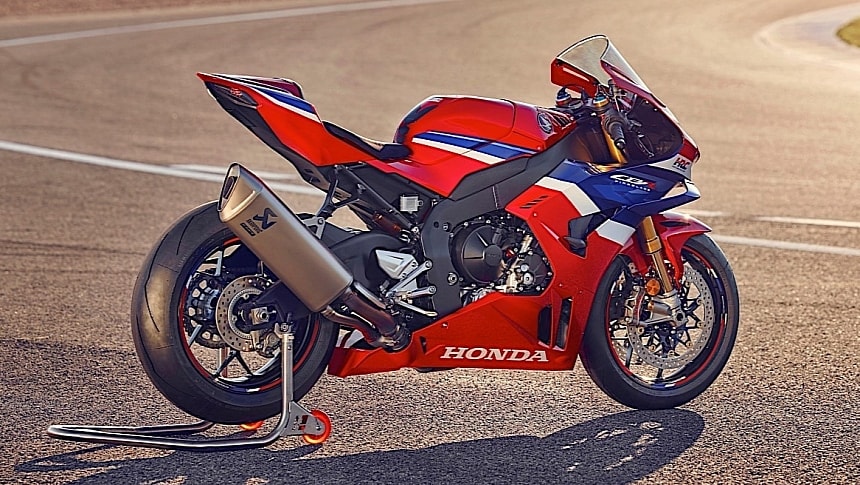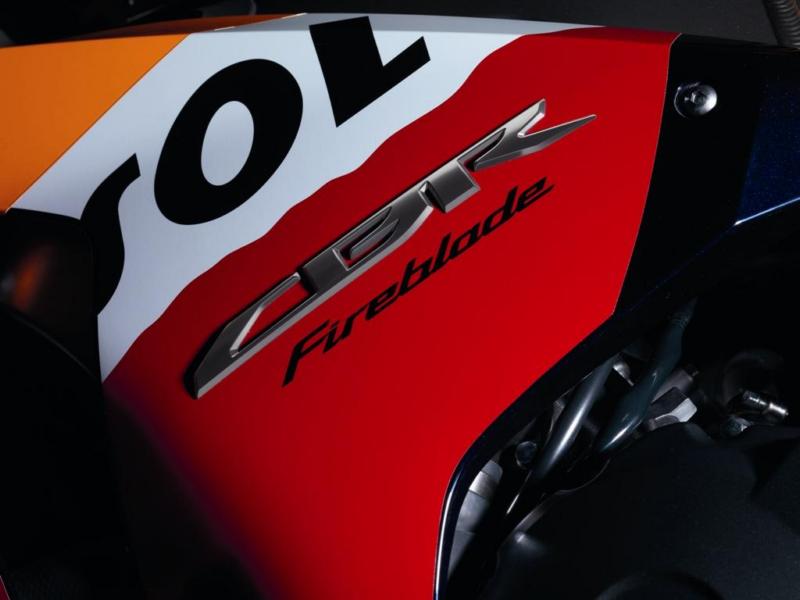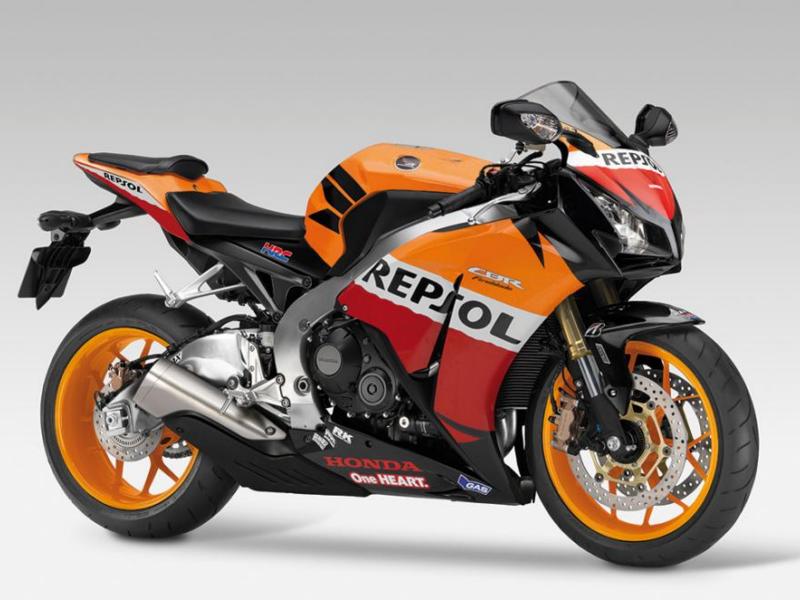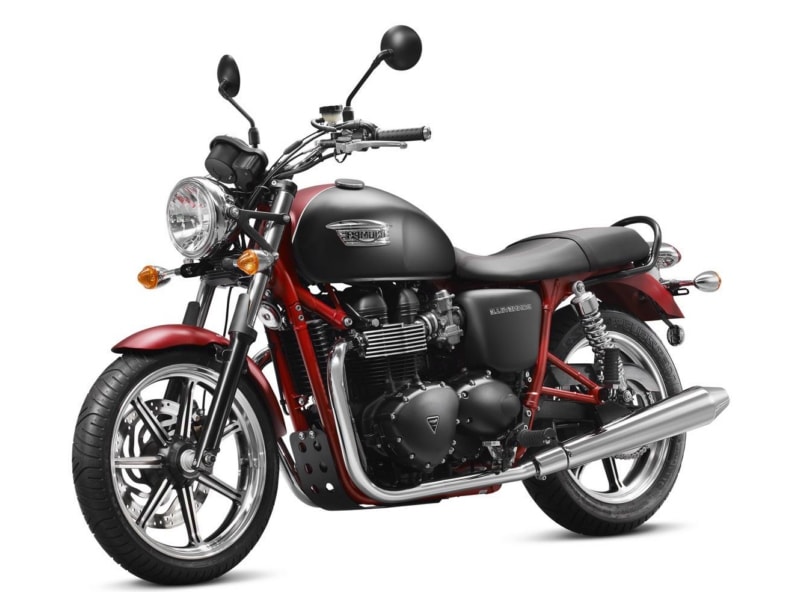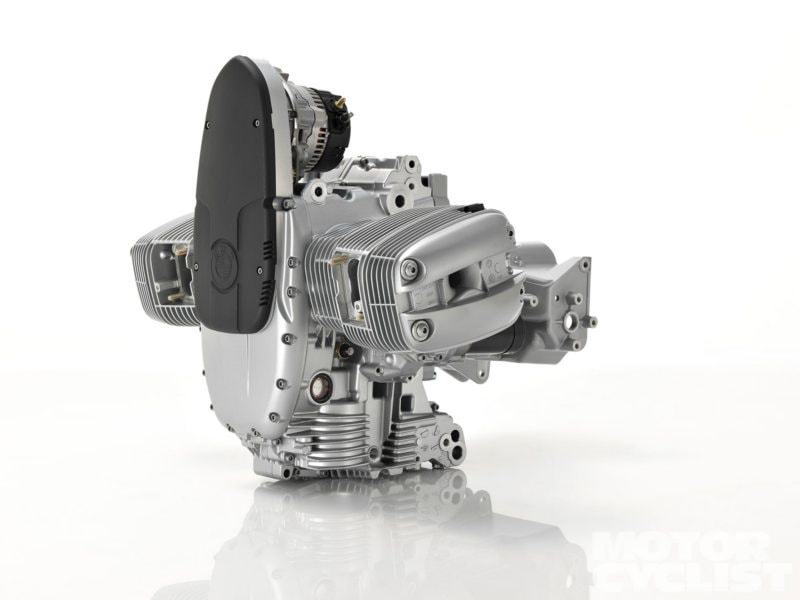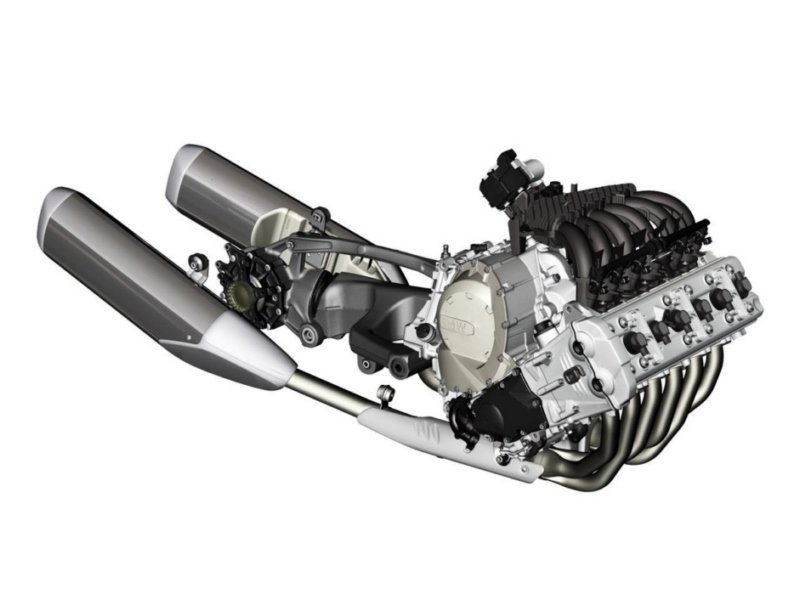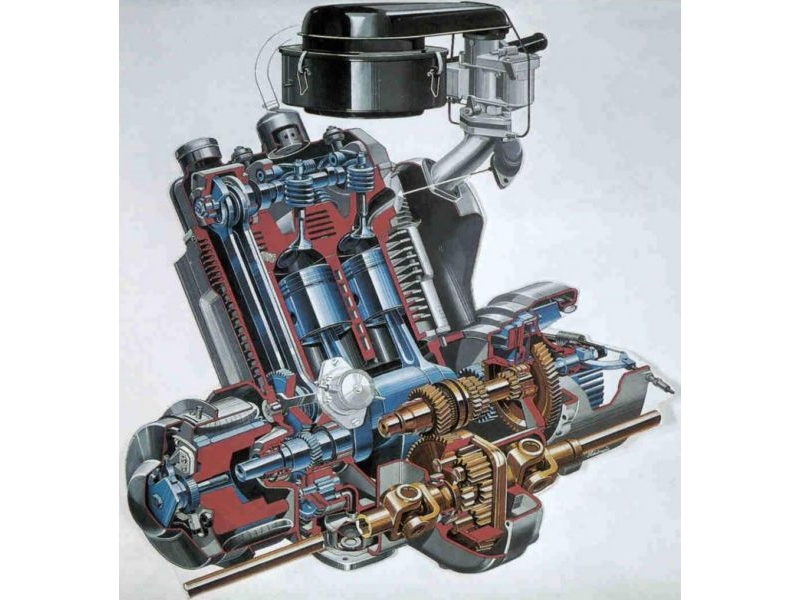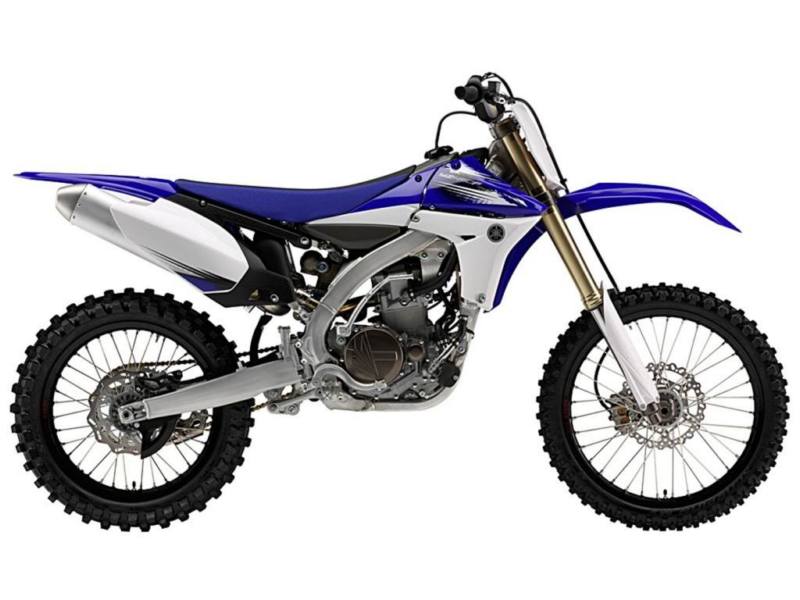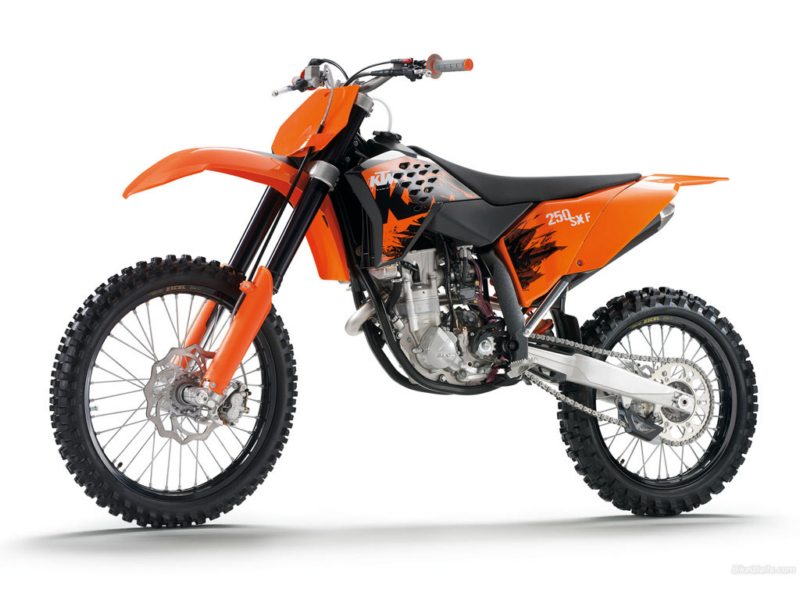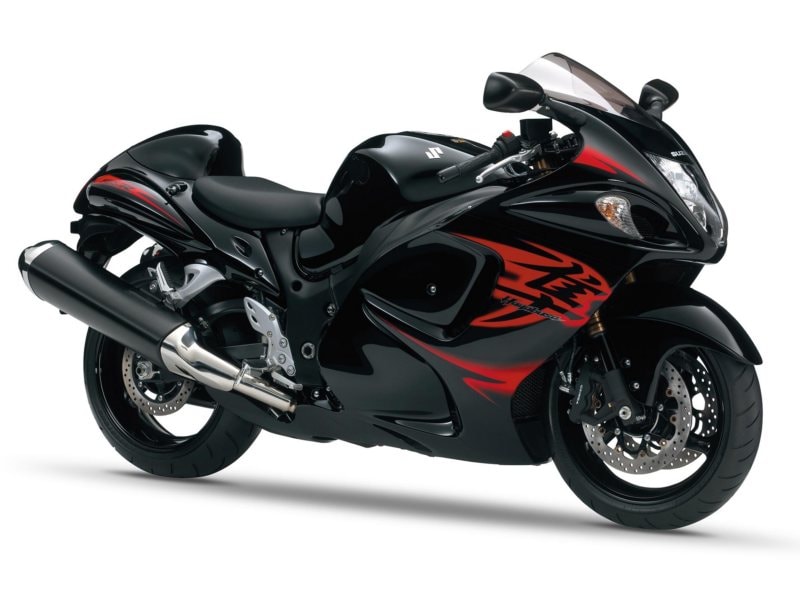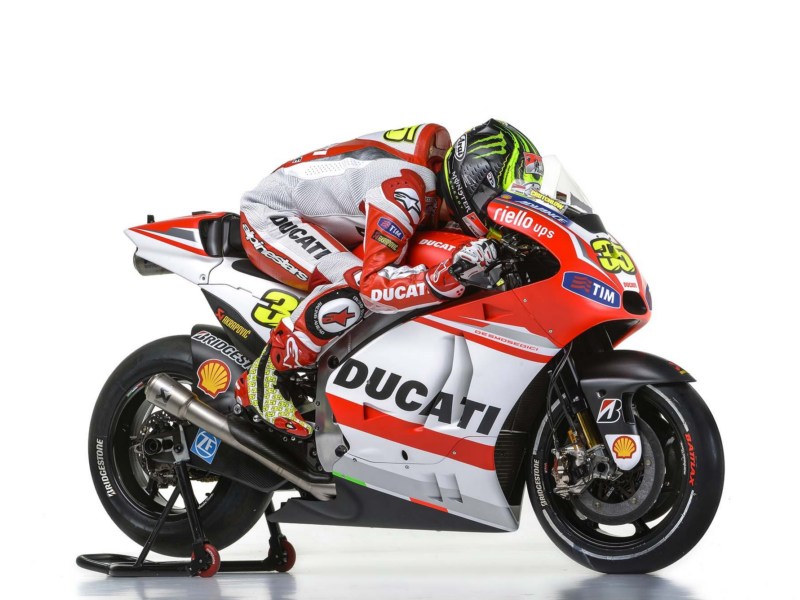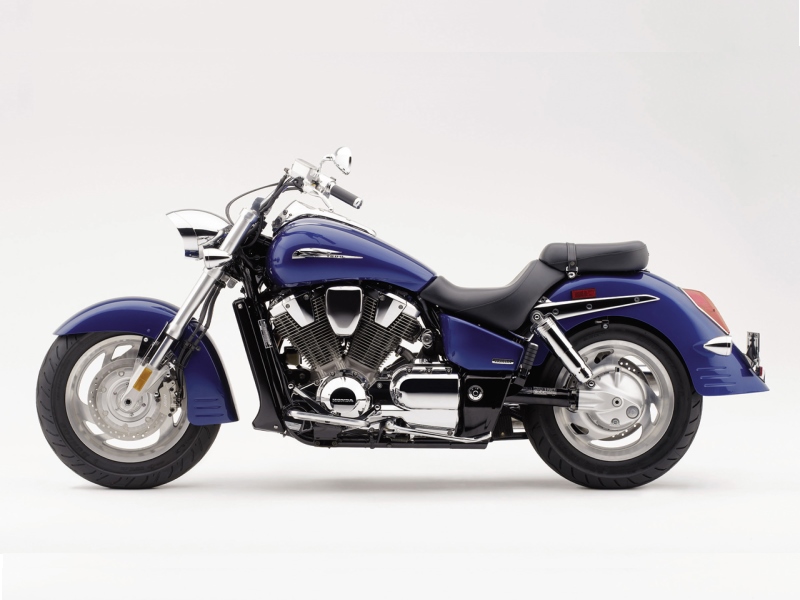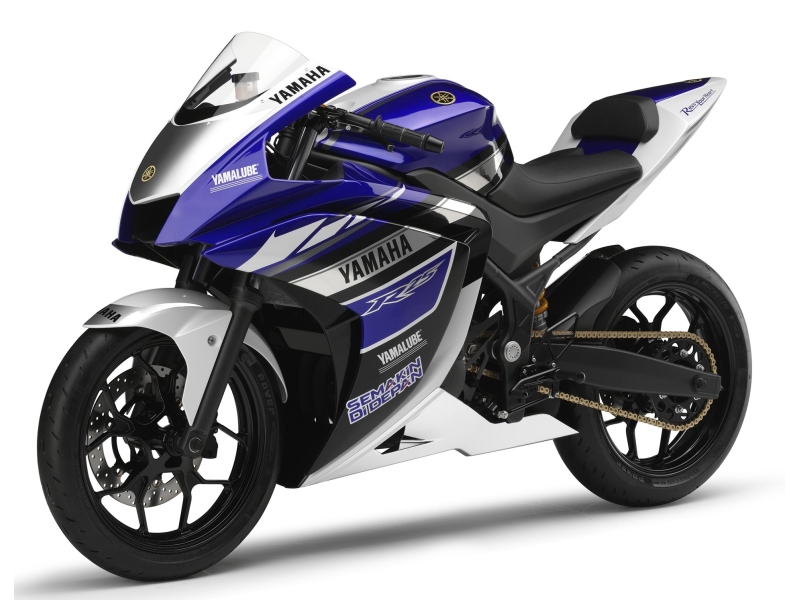A lot of mystery shrouds the names of many motorcycles, and sometimes riders are trying to find out what the letters on their bikes’ bodywork mean. A comprehensive study to reflect this side of motorcycling is a painstaking, long and complex endeavor that could take months of research, but the purpose of this piece is only to provide inquiring riders with some answers.
To make things even harder, I have to add that some of the names motorcycle manufacturers have given to their bikes have no meaning, and are mere conventions for telling certain machines from the others or making various references easier. Even more, some of the names are also surrounded by controversy, with the riders’ opinions varying, sometimes beyond the power of such a meek approach to set things straight for good.
All in all, I can hope that you’d have learned at least one or two things after reading this, and if you have info which can add to the motorcycling knowledgebase, don’t be shy to share it with our readers. Sharing is caring.
Some bikes have earned a very good recognizance for their name, and mistaking them for something else is rather impossible. Names like Hayabusa, Ninja, Fireblade, Intruder and more come with plenty of basic info on the bikes that bear them. You’d have to be a complete bike noob to mistake the Hayabusa for a chopper or believe that Sportster stands for an actual sport bike.
In the end, it’s all down to personal preferences and easy communication. Those who know what these names are about will understand, anyway.
For starters, I’d say that motorcycle manufacturers have started naming their bikes in such a way so they could actually differentiate between various line-ups and “families.” With the rather few types of motorcycles being in production before the 70’s, compared to how much the industry has developed in the last 20 or 30 years, it was sort of easy to find names and identify bikes.
It’s no secret that numbers are usually a very good indicator for a bike’s displacement. The R1 Yamaha marks a liter-class bike, exactly the same way as the 10R speaks about a 1000cc Kawasaki Ninja. Suzuki prefers to use numbers for what they are, and this is why you get GSX-R600, 750, 1300 and more. R125, R25, or R3 also indicate 125, 250 or 300cc classes.
Off-road machines rely on letters and numbers even more, as they seldomly have “proper” names. Riders, sellers, mechanics and manufacturers alike, they are all happy with the numbers to differentiate their bikes.
However, as more and more bike models have been manufactured, makers started to run out of options. Even more, with the same model being offered in various trims, an internal factory “code” seemed more and more necessary. Most likely because not even the manufacturers themselves knew which was better between “letters and numbers” and “proper names,” the bikes received both.
Name structures such as XL600V Transalp or M90R Boulevard are quite common for road-bikes, but for some reason which eludes me, off-road bikes series have a very pronounced tendency to skip the latter “proper” names and are better-known by their more technical monikers. If anything, the “proper” names are very convenient when it comes to referring to larger families of bikes, making it much easier to name pre-2000 Transalps than making a distinction between XL600V and XL650V. I mean, human speech simply seems to favor common names.
Honda’s CB and CBR series seem to be some of the most debated ones, as far as the meaning of the name was concerned. While most of the riders agree that CB stands for City Bike, the name of the sport bike series is fought upon. Some riders say it means City Bike Racing or Racer, but Honda’s top hat Dan Hancock said it in fact abbreviates Cross Beam Racer.
Apparently, this name was used to express the placement of the 4-cylinder in-line engine, which was positioned across the frame beams, and this coming from Honda’s R&D mastermind, it’s kind of official, so to speak. To make things fuzzier, some riders claim that CBR stands for Closed Body Racer, an internal name for fully-faired machines.
Now, some believe that adding one more R is just a fancy trick, but some believe they’re looking at a bike that’s much closer to the actual works machine. In Honda’s case, RR bikes, whether we’re speaking about the CBR600 or the CBR1000 ones, are indeed equipped with better components, usually pretty similar to those used on the race tracks, but the bikes are still rather far from the prototypes.
On the other hand, the RR Honda’s are the closest a “civil” rider can get to the works machines. Now, if you want a replica of such a bike, you should know that the price tag for a MotoGP prototype will go north of 5 million Euro, and they’re not exactly for sale. And if saying Honda or Ducati feels like offering a limited edition “replica,” it will set you back 200-300 grands, so “true replicas” are in a league of their own.
There’s another type of R, used by BMW, but when used as the first letter of the name, most people agree it stands for Reihen, which translates to String, but signifies a flat line, in this case. The iconic boxer engine is in fact often referred to as a “flat or opposed twin”, so it’s rather easy to see how things go. The R in BMW’s names is a usual “racing or rennsport” substitute, and the GS in the name of the iconic adventure bike standing for other two German words, Gelande and Strasse, meaning Land/dirt and Street/ Road. Some say the S is still short for Sport.
When it comes to Aprilia’s RSV machines, the first R is said to be a mark for the Racing in Racing Series V-twin, but others believe that it comes from Rotax, an Austrian engine manufacturer which supplied power units to several manufacturers.
Since we mentioned BMW, the Bavarians have 3 engine types they use in their motorcycles, with the F and the K being the other two. Any F BMW means a (more or less) vertical-cylinder architecture, but F650 is a single cylinder, whereas the F700 or F800 are parallel-twin or vertical twin lumps. On the other hand, BMW uses another in-line engine, the K. Derived from the initial K designs, the engine was completely redesigned after 2000, and evolved from the K12000 to K1300 and K1600. Whenever you meet K in relation with BMW motorcycles, you should know you’re in for touring bikes with 4 (K1200, K1300) to 6 cylinders in the K1600.
For BMW, suffixes like GT or GTL most likely come from Grand Turismo and GT Luxury. RT and ST for these German bikes refer to Reise Touring (Travel Touring) and Sport Touring, which needs no explanation. The ST has the same meaning in the beginning of the Honda ST100 and ST1300 names, or Triumph’s Sprint ST.
While the Z is a series with a huge tradition in Kawasaki’s history, there are probable quite few guys who could tell exactly why Z was chosen. Marketers had an inclination for using letters with rather rare usage in common words, not unlike sci-fi novels abounded in all sorts of technical names containing X and Y and Z. Such a strange and funny allure seems to be the main reason behind Yamaha’s YZ names. Of course, Y could be easily traced back to Yamaha, but the Z has no real meaning.
Some say that Suzuki’s iconic GSX-R is short for Grand Sport eXperimental- Racing, but this seems a bit far-fetched. In many cases, some letters are used simply as an individual manufacturer code, without intrinsic meaning. Some of these (almost) empty names have, however, grown to be social markers and now have a very solid meaning.
An A at the end of the name signifies that the bike is equipped with ABS, whereas I is usually an indication for fuel-injected engines, sometimes marked by FI or EFI. V has been the mark of V-twin engines for quite a long time, for almost all manufacturers. In Honda’s VTX1800 series, it stood for V-Twin eXtreme, telling the big-bore engine story. The name was accompanied by various suffixes, such as R for Retro, S for classic looks, F beings a sporty cruiser and C meaning performance. C is also used for Classic, but I guess you’ve already got that.
In the end, you can figure out for yourselves that this subject could easily become the centerpiece of a dedicated encyclopedia, and is a rather big task for only one writer. Still, with more people sharing their knowledge in this matter, we might sort things out well enough and publish the autoevolution Guide to Motorcycle Names.
If you’re surprised you haven’t found Harley in this piece, that is because the MoCo machines have their own naming conventions, and we’ll detail them in a future article.
All in all, I can hope that you’d have learned at least one or two things after reading this, and if you have info which can add to the motorcycling knowledgebase, don’t be shy to share it with our readers. Sharing is caring.
Letters, numbers, names
When it comes to motorcycle names, it seems like the preferences are split in half, with one side who favors abstract letters and numbers, while the other prefers a more organic approach to model names. While this is obviously not a matter of right or wrong, I am positive you’ve been caught at least once in a situation where you’d refer to a bike saying “that Ninja”, and the other guy(s) providing an answer about their “ZX.”Some bikes have earned a very good recognizance for their name, and mistaking them for something else is rather impossible. Names like Hayabusa, Ninja, Fireblade, Intruder and more come with plenty of basic info on the bikes that bear them. You’d have to be a complete bike noob to mistake the Hayabusa for a chopper or believe that Sportster stands for an actual sport bike.
In the end, it’s all down to personal preferences and easy communication. Those who know what these names are about will understand, anyway.
For starters, I’d say that motorcycle manufacturers have started naming their bikes in such a way so they could actually differentiate between various line-ups and “families.” With the rather few types of motorcycles being in production before the 70’s, compared to how much the industry has developed in the last 20 or 30 years, it was sort of easy to find names and identify bikes.
It’s no secret that numbers are usually a very good indicator for a bike’s displacement. The R1 Yamaha marks a liter-class bike, exactly the same way as the 10R speaks about a 1000cc Kawasaki Ninja. Suzuki prefers to use numbers for what they are, and this is why you get GSX-R600, 750, 1300 and more. R125, R25, or R3 also indicate 125, 250 or 300cc classes.
Off-road machines rely on letters and numbers even more, as they seldomly have “proper” names. Riders, sellers, mechanics and manufacturers alike, they are all happy with the numbers to differentiate their bikes.
However, as more and more bike models have been manufactured, makers started to run out of options. Even more, with the same model being offered in various trims, an internal factory “code” seemed more and more necessary. Most likely because not even the manufacturers themselves knew which was better between “letters and numbers” and “proper names,” the bikes received both.
Name structures such as XL600V Transalp or M90R Boulevard are quite common for road-bikes, but for some reason which eludes me, off-road bikes series have a very pronounced tendency to skip the latter “proper” names and are better-known by their more technical monikers. If anything, the “proper” names are very convenient when it comes to referring to larger families of bikes, making it much easier to name pre-2000 Transalps than making a distinction between XL600V and XL650V. I mean, human speech simply seems to favor common names.
Honda’s CB and CBR series seem to be some of the most debated ones, as far as the meaning of the name was concerned. While most of the riders agree that CB stands for City Bike, the name of the sport bike series is fought upon. Some riders say it means City Bike Racing or Racer, but Honda’s top hat Dan Hancock said it in fact abbreviates Cross Beam Racer.
Apparently, this name was used to express the placement of the 4-cylinder in-line engine, which was positioned across the frame beams, and this coming from Honda’s R&D mastermind, it’s kind of official, so to speak. To make things fuzzier, some riders claim that CBR stands for Closed Body Racer, an internal name for fully-faired machines.
R and RR, which goes where?
Using an R suffix usually means things have to do with either racing or replica. Even in the car industry, the R stands for pretty much the same thing, with the RS suffix being short for the German term Rennsport. Racing, that is. Therefore, RR is used for both Race Replica or even Race-Ready.Now, some believe that adding one more R is just a fancy trick, but some believe they’re looking at a bike that’s much closer to the actual works machine. In Honda’s case, RR bikes, whether we’re speaking about the CBR600 or the CBR1000 ones, are indeed equipped with better components, usually pretty similar to those used on the race tracks, but the bikes are still rather far from the prototypes.
On the other hand, the RR Honda’s are the closest a “civil” rider can get to the works machines. Now, if you want a replica of such a bike, you should know that the price tag for a MotoGP prototype will go north of 5 million Euro, and they’re not exactly for sale. And if saying Honda or Ducati feels like offering a limited edition “replica,” it will set you back 200-300 grands, so “true replicas” are in a league of their own.
There’s another type of R, used by BMW, but when used as the first letter of the name, most people agree it stands for Reihen, which translates to String, but signifies a flat line, in this case. The iconic boxer engine is in fact often referred to as a “flat or opposed twin”, so it’s rather easy to see how things go. The R in BMW’s names is a usual “racing or rennsport” substitute, and the GS in the name of the iconic adventure bike standing for other two German words, Gelande and Strasse, meaning Land/dirt and Street/ Road. Some say the S is still short for Sport.
When it comes to Aprilia’s RSV machines, the first R is said to be a mark for the Racing in Racing Series V-twin, but others believe that it comes from Rotax, an Austrian engine manufacturer which supplied power units to several manufacturers.
Since we mentioned BMW, the Bavarians have 3 engine types they use in their motorcycles, with the F and the K being the other two. Any F BMW means a (more or less) vertical-cylinder architecture, but F650 is a single cylinder, whereas the F700 or F800 are parallel-twin or vertical twin lumps. On the other hand, BMW uses another in-line engine, the K. Derived from the initial K designs, the engine was completely redesigned after 2000, and evolved from the K12000 to K1300 and K1600. Whenever you meet K in relation with BMW motorcycles, you should know you’re in for touring bikes with 4 (K1200, K1300) to 6 cylinders in the K1600.
For BMW, suffixes like GT or GTL most likely come from Grand Turismo and GT Luxury. RT and ST for these German bikes refer to Reise Touring (Travel Touring) and Sport Touring, which needs no explanation. The ST has the same meaning in the beginning of the Honda ST100 and ST1300 names, or Triumph’s Sprint ST.
X marks the spot
Bike manufacturers had an obsession with X. While this letter was often used to express something “extra,” it was sometimes added just because it sounded and looked good. ZX, GSX and so many more X-marked bikes received their names to single out their superiority over previous versions or the rival’s machines.While the Z is a series with a huge tradition in Kawasaki’s history, there are probable quite few guys who could tell exactly why Z was chosen. Marketers had an inclination for using letters with rather rare usage in common words, not unlike sci-fi novels abounded in all sorts of technical names containing X and Y and Z. Such a strange and funny allure seems to be the main reason behind Yamaha’s YZ names. Of course, Y could be easily traced back to Yamaha, but the Z has no real meaning.
Some say that Suzuki’s iconic GSX-R is short for Grand Sport eXperimental- Racing, but this seems a bit far-fetched. In many cases, some letters are used simply as an individual manufacturer code, without intrinsic meaning. Some of these (almost) empty names have, however, grown to be social markers and now have a very solid meaning.
Other suffixes
Motorcycle manufacturers are using suffixes to indicate certain particularities for their bikes. For example, F can stand for both 4-stroke and Faired, with the first case being quite common in the off-road segment which still includes plenty of 2-stroke machines. The latter is the opposite of N, short for Naked. Many streetfighter-type bikes have an N at the end of their names, so riders can instantly tell them apart. Kawasaki ER-6n and ER-6f are most likely some of the best examples.An A at the end of the name signifies that the bike is equipped with ABS, whereas I is usually an indication for fuel-injected engines, sometimes marked by FI or EFI. V has been the mark of V-twin engines for quite a long time, for almost all manufacturers. In Honda’s VTX1800 series, it stood for V-Twin eXtreme, telling the big-bore engine story. The name was accompanied by various suffixes, such as R for Retro, S for classic looks, F beings a sporty cruiser and C meaning performance. C is also used for Classic, but I guess you’ve already got that.
In the end, you can figure out for yourselves that this subject could easily become the centerpiece of a dedicated encyclopedia, and is a rather big task for only one writer. Still, with more people sharing their knowledge in this matter, we might sort things out well enough and publish the autoevolution Guide to Motorcycle Names.
If you’re surprised you haven’t found Harley in this piece, that is because the MoCo machines have their own naming conventions, and we’ll detail them in a future article.
